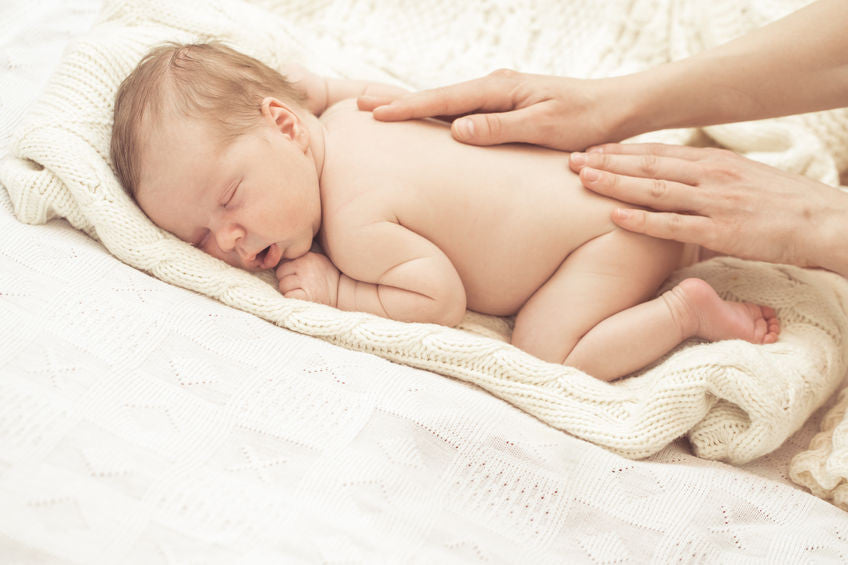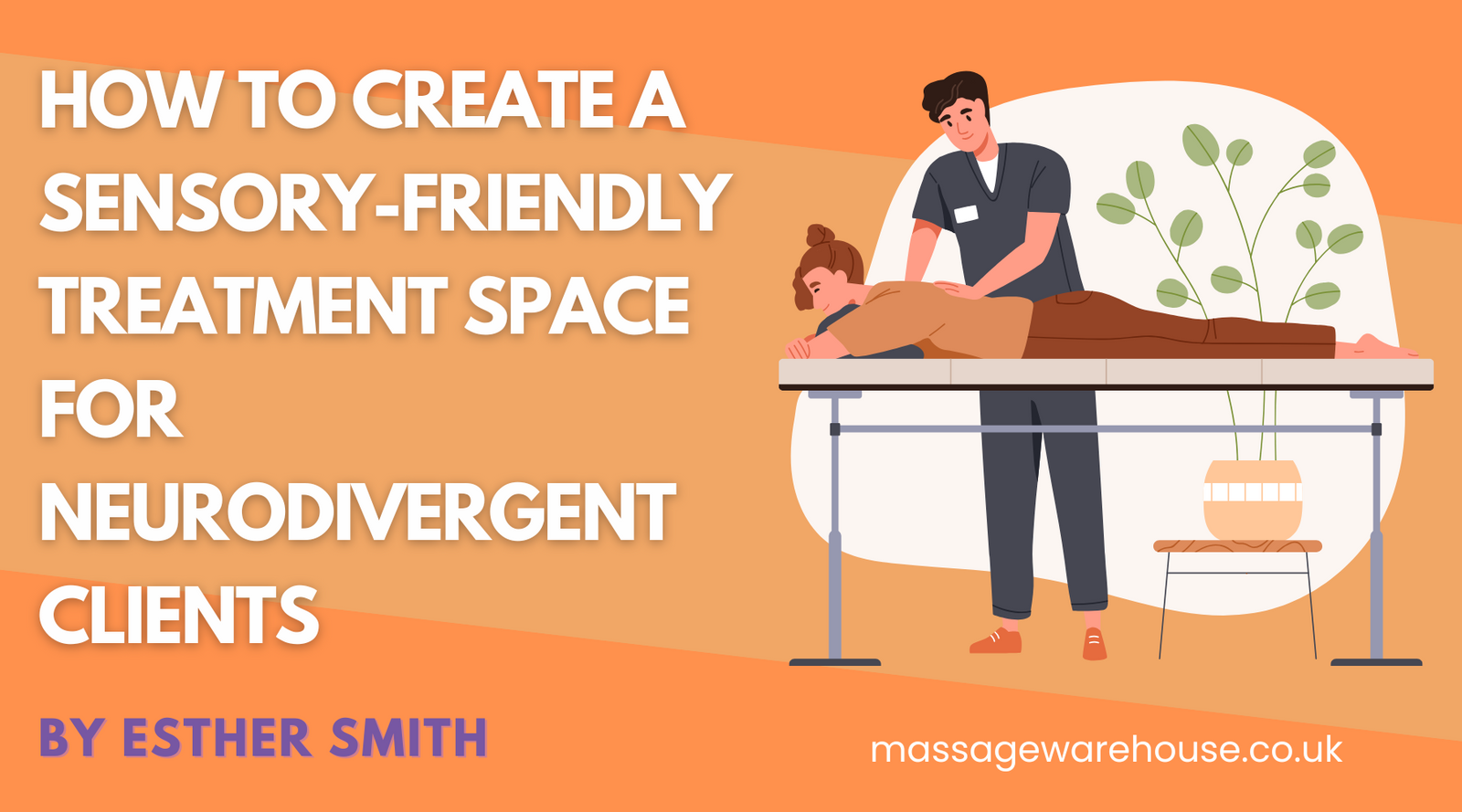Your Cart is Empty
Always fast delivery and arrives as described.
It’s great stuff. No dripping at clients homes. Washes off towels easily.
This is a MUST for my massage table. Love to know that my customers receive the best experience and quality! Just love those soft touch disposable face rest cover!Thank you
Whether you’re a massage therapist or just want to unwind after a long day, Naqi massage lotion delivers a professional-grade experience that feels indulgent and therapeutic. Its rich, non-greasy texture provides effortless glide and excellent workability.
This is the softest table cover I have come across in my ten years as soft tissue therapist. I love it. It’s quite thick as well and has a lovely luxurious feel to it. And it has a handy tie in the middle to keep it in place.
I wish the natural covers with face hole came back in stock. I would by buying a few of them. It would be great to get an automatic email when back in stock
If they were made of organic cotton or a mix of organic cotton and hemp, I would be even happier.
Isabelle





